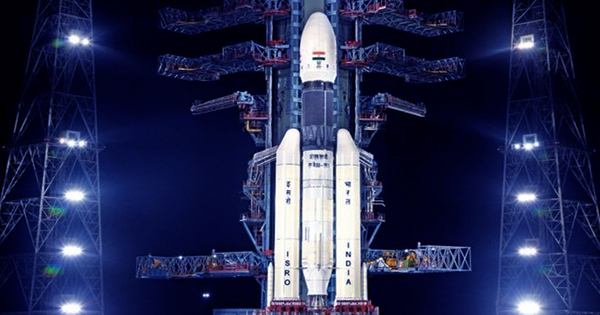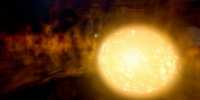Be prepared to unravel the mystery of a Kazakh hero’s skull if you want to buy an authentic Soviet-era space shuttle. An ongoing feud over the fate of a Buran-class orbiter took a bizarre turn recently when the Kazakh businessperson who claims ownership of the space shuttle said he was interested in trading the Soviet-era artifact for the skull of the last Kazakh Khan, aka Kenesary Kasymov, a 19th-century Kazakh liberation fighter who went toe-to-toe with the Russian Empire. A Kazakh entrepreneur, Dauren Mussa, recently spoke to the Russian-language newspaper Caravan about the Burya orbiter and how its tale has been entwined with the mystery surrounding Kazakh Khan’s skull.
The Buran-class orbiter was a reusable spacecraft developed by the Soviet Union in the 1980s to compete with — and possibly copy — NASA’s Space Shuttle. Despite the fact that a small number of experimental spacecraft were produced, the Buran program only had one successful test flight, which took place on November 15, 1988. The Berlin Wall came down a year later, followed by the breakup of the Soviet Union, meaning high-risk space exploration was no longer on the table. The program was subsequently canceled, and the vehicle sat unused for years in a storage hanger at Kazakhstan’s Baikonur cosmodrome. The hanger ceiling collapsed in 2002, destroying the coveted spaceship.
Burya, a model of the Buran orbiter that never flew, is still intact in Kazakhstan, accumulating dust and graffiti in another hanger at the Baikonur cosmodrome. Mussa claims he came into possession of the spaceship about 20 years ago and opted to maintain it to prevent it from being sold for scrap metal. According to Mussa, the Russian space agency Roscosmos has been eager to reclaim the Burya as a source of pride, especially because 2021 marks the 60th anniversary of Yuri Gargarin becoming the first human to travel into space. Mussa indicated that he would gladly give the Russians the Buran-class orbiter in exchange for Kasymov’s skull.
Kasymov’s skull, like the remnants of the Soviet-era spacecraft, is a source of national pride in Kazakhstan across the border. Kasymov was decapitated in 1847, and his body has stayed in Russia ever since. For proud Kazakhs who consider the skull as a sign of their national identity and independence from Russia, this has long been a source of contention. Former Kazakh President Nursultan Nazarbayev met with Russian President Vladimir Putin in July and requested if the severed skull of a 19th-century liberation fighter may return to Kazakhstan. This action reignited the old controversy.
“It would be a humiliation for the Kazakhs if the head of our khan became a museum display in a foreign state,” Zhasulan Musin, a citizen of Nur-Sultan, Kazakhstan’s capital city, told EurasiaNet. “We must repatriate the remains at all costs and bury them in a dignified manner so that Kenesary’s soul may rest in peace.” There is just one significant issue: no one knows where the skull is. Some belief the head is hidden in the archives of one of Saint Petersburg’s two museums, although both museums have denied this. Who knows how this diplomatic impasse will be resolved, but Russia and Kazakhstan appear to be without their treasured goods for the near future.















